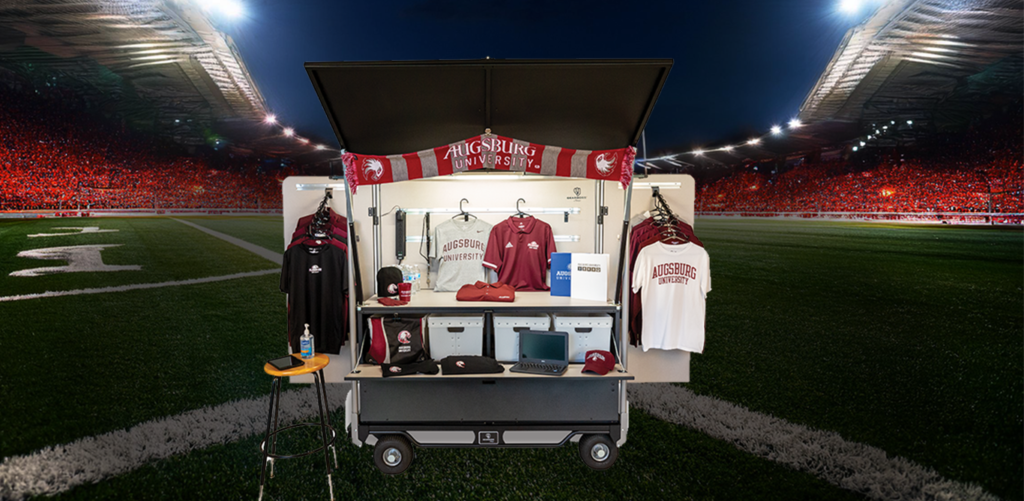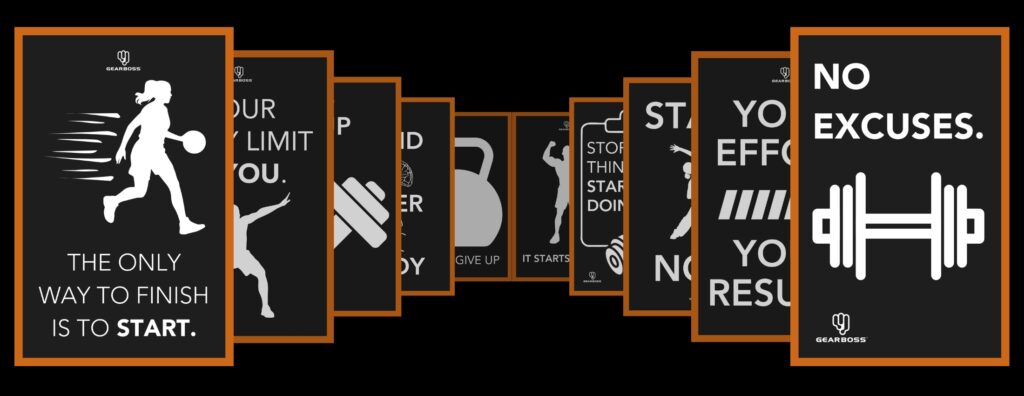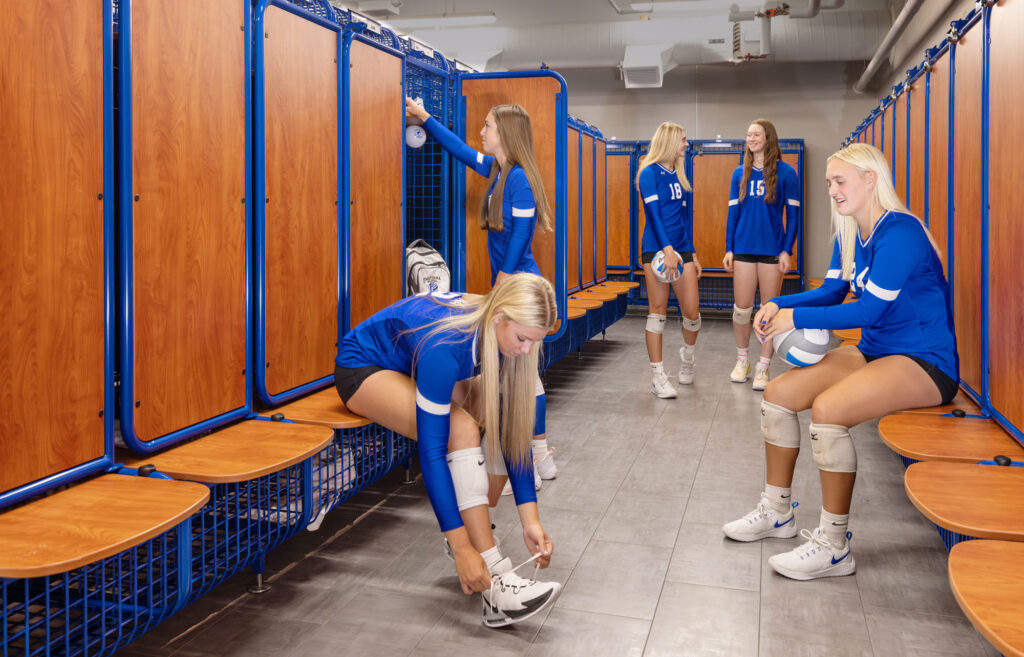Boost Your Booster Sales with Mobile Kiosk
The GearBoss Mobile Kiosk helps grow sales of team logo/spirit wear, candy/snacks and other merchandise while increasing revenue for athletic departments, booster groups and other school organizations. When set up, the eye-catching Mobile Kiosk provides nearly 40 square feet of vertical display space, with inventory efficiently organized into eight removable bins. This self-contained cart can be easily wheeled almost anywhere fans and students go. During storage and transport, inventory is kept secure with one padlock. The Mobile Kiosk rolls smoothly over varied terrain on pneumatic tires, pulled easily with a combination handle/hand brake mechanism.
Here’s what two customers had to say about its advantages:
“My ‘School Store Operations’ students use two Mobile Kiosks daily as mobile stores: one sells snacks and slushies; the other sells spirit wear,” remarks Abby Lugo, Business Teacher at St. Louis Park High School in St. Louis Park, Minnesota.
She adds that the spirit wear kiosk is also wheeled outside to the stadium for games, raising the store’s visibility in the community and reaching more customers. “The Mobile Kiosks keep everything safe, secure and convenient to access and transport,” Lugo adds. “They’re easy for kids to operate and they perform reliably.”
“Our band boosters sell t-shirts, hats and other spirit items from the Mobile Kiosk,” says Tom Finigan, Band Director at Colleton County High School in Walterboro, South Carolina. “We have also pulled it outside for football games. We just turn on the lights and it’s a great place to sell – the kiosk works really well.”

Featured Installation
Fayetteville High School, Fayetteville, AR
“GearBoss is the best organizational system for athletic equipment on the market,” says Casey Dick, Head Football Coach at Fayetteville High School (FHS). “It’s versatile and adaptable to our program’s specific needs.”
The official home of the Fayetteville Bulldogs – the new FSH athletic complex includes a 54,000-square-foot, 3-story, academic and athletic field house as well as an 18,000-square-foot addition to the existing indoor practice facility. The expanded center houses athletics and also provides spaces for a sports media program, sports medicine program, community clinic, health classrooms and other large meeting spaces.
Three equipment storage rooms house all the uniforms and gear to support FHS’ championship teams in both men’s and women’s sports. These rooms are outfitted with GearBoss carts for easy equipment storage and transport.
“The GearBoss system saves space and makes it easy to find equipment,” Dick explains, adding that he appreciates how the carts facilitate equipment distribution.
The football program alone includes about 220 student-athletes in grades 9-12. Coach Dick estimates FHS securely stores nearly a quarter million dollars of equipment in the GearBoss carts. This includes 260 helmets averaging $350 each; 300 pairs of shoulder pads at $250 each; and two sets of uniforms totaling $60,000. This does not include the girdles, practice jerseys and footballs. He says FHS especially loves how shoulder pads nest together compactly in the GearBoss carts. Coach Dick believes all these carts help support proper sanitation, which he considers very important. The open-grille design provides good air circulation and reduces moisture. The athletic department carefully sanitizes equipment throughout the year and at the end of the season. In the equipment storage rooms, GearBoss shelving creates an efficient countertop and storage area for distribution of uniforms, helmets, shoulder pads and various other items. There is also a convenient pass-through window to the men’s locker room to speed the process.
A variety of smaller GearBoss carts add to the flexibility of transporting supplies around the large facility. The SportCarts assist with moving uniforms and supplies from one side of the complex to the other. Because each cart easily fits into an elevator, supplies can be quickly taken wherever they are needed. The GearBoss TranSport Cart can transform into a durable table or work surface on the field.
“The TranSport Carts easily travel with us and serve a wide variety of needs,” Dick concludes. “This includes hauling equipment or halftime snacks, serving as a table or doing anything else to help our kids on game days.”
Trending Topics for Athletic Directors & Equipment Managers
The Importance of Proper Sanitation in Athletic Facilities
Maintaining high sanitation standards in locker rooms and athletic facilities is more critical than ever. Schools like the University of North Carolina at Chapel Hill have implemented stringent cleaning protocols in athletic facilities to combat MRSA and other infectious diseases. Bacteria and viruses spread easily in communal spaces where athletes come into close contact with shared surfaces. Athletic directors and equipment managers should prioritize regular disinfecting protocols and promote personal hygiene to prevent outbreaks. The CDC recommends routine cleaning and discourages sharing towels and equipment to minimize transmission risk. [Learn more at CDC.gov]
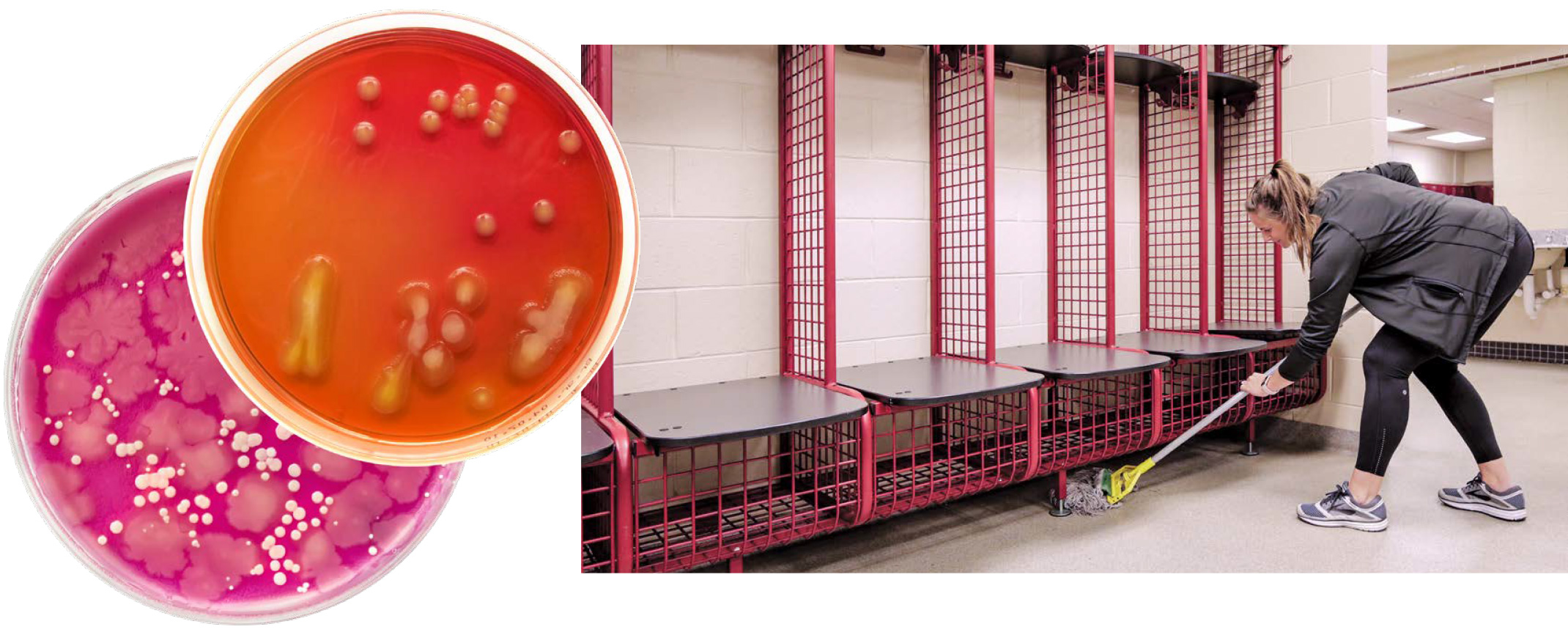
Advances in Performance Analytics for Student Athletes
Technology-driven performance analytics tools, once reserved for professional teams, are now becoming accessible in high school and college sports. Recently, the University of Notre Dame partnered with WHOOP to bring advanced wearable technology to its athletic department. WHOOP devices monitor athlete biometrics such as heart rate, recovery, and sleep patterns, enabling coaches to tailor training for each athlete and enhance safety. By tracking metrics like fatigue and biomechanics, this partnership aims to reduce injury risks by adjusting training loads based on precise, real-time data. This shift highlights the growing importance of integrating analytics in athletic programs to support effective performance management. [Read the full press release on Notre Dame’s site].
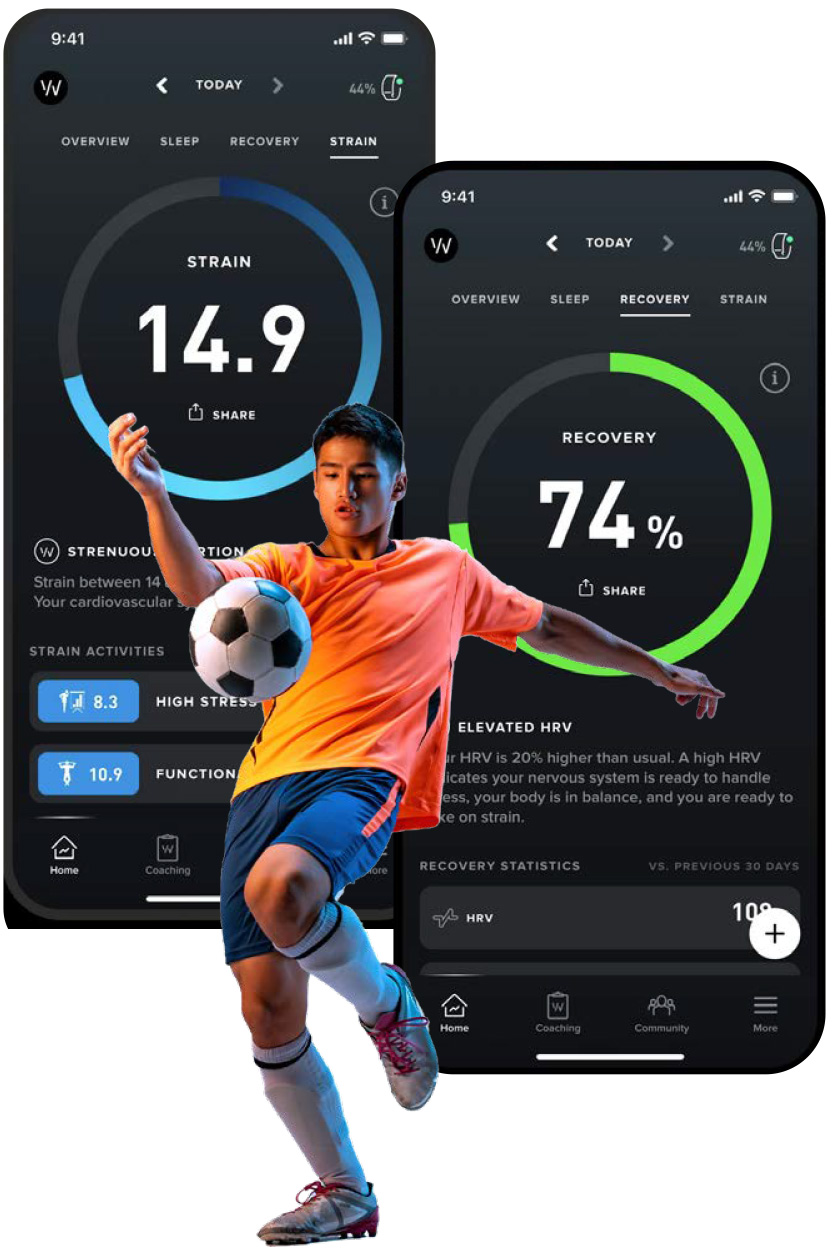
Green Sports Facilities: Embracing Sustainability
Sustainable practices in sports facilities at all levels are increasingly popular, from energy-efficient lighting to eco-friendly turf solutions. The University of California, Berkeley has made strides in this area, redesigning its athletic complex with solar panels, water recycling systems and environmentally friendly materials. These upgrades reduce operating costs while fostering a healthier environment for athletes and the community. Athletic directors interested in eco-friendly upgrades can explore options aligned with LEED (Leadership in Energy and Environmental Design) standards. For a list of 22 U.S. stadiums, both college and professional, leading the way with sustainability efforts, check out this Intelligent Living article.

